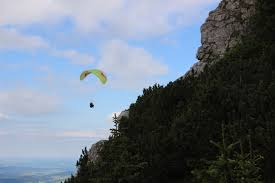Operationally, we have focused ours primarily with the body. We cannot experience subjective behavior “from outside,” so this natural mobility of consciousness, which for example the animals have retained, is psychologically invisible to us.
We think in terms of units and definitions, so even when we consider our own consciousness we think of it as “a thing,” or a unit — an invisible something that might be held in invisible hands perhaps. Instead consciousness is a particular quality of being. Each portion of “it” contains the whole, so theoretically as far as we are concerned, we can leave our body and be in it simultaneously. We are rarely aware of such experiences because we do not believe them possible, and it seems that even consciousness, particularly when individualized, must be in one place or another.
In those early times, then, consciousness was more mobile. Identity was more democratic. In a strange fashion this does not mean that individuality was weaker. Instead it was strong enough not to accept within its confines many divergent kinds of experience. A person then, looking out into the world of trees, waters and rock, wildlife and vegetation, literally felt that he/she was looking at the larger, materialized, subjective areas of personal selfhood.
To explore that exterior world was to explore the inner one. Such a person, however, walking through the forest, also felt that he or she was also a portion of the inner life of each rock or tree, materialized. yet there was no contradiction of identities.
A man/woman might merge his/her own consciousness with a running stream, traveling in such a way for miles to explore the layout of the land. To do this he/she became part water in a kind of identification we can barely understand– but so did the water then become part of the man/woman.
We can imagine atoms and molecules forming objects with little difficulty. In the same way, however, portions of identified consciousness can also mix and merge, forming alliances.





